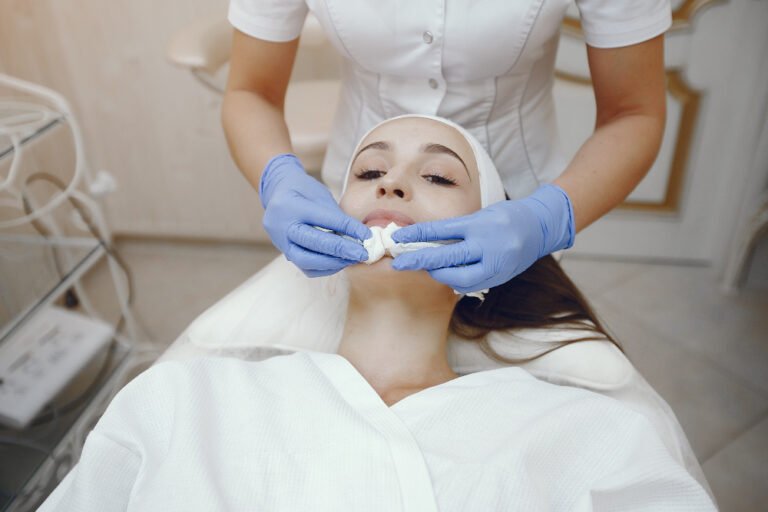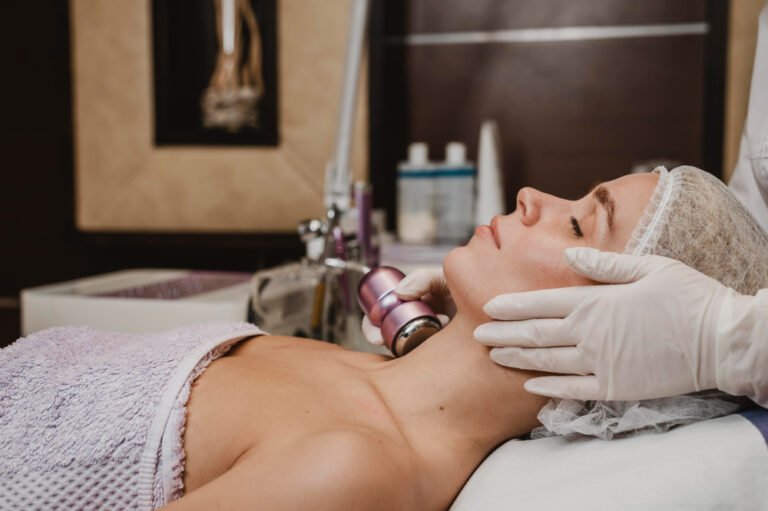Choosing Korea for stem cell hair restoration offers access to world-class medical technology, expert practitioners, and personalized care. For international patients, understanding the treatment process ahead of time helps ensure a smooth experience and optimal results. Here’s a detailed breakdown of what you can expect from consultation to recovery when undergoing stem cell hair therapy in Korea.
1. Initial Consultation and Scalp Assessment
- Online or in-person: Many clinics offer virtual consultations before travel to discuss your hair loss history, goals, and medical background.
- Comprehensive evaluation: Upon arrival, expect a detailed scalp examination using advanced imaging tools such as trichoscopy to assess hair follicle density, scalp health, and hair miniaturization.
- Personalized treatment plan: Based on the assessment, doctors will customize a protocol specifying the type of stem cells used, number of sessions, and adjunct therapies like PRP or laser treatment.
- Health screening: Basic blood tests may be conducted to rule out infections or conditions that could affect treatment safety.
2. Stem Cell Harvesting Procedure
- Source of stem cells: Korean clinics most commonly harvest adipose-derived stem cells (ADSCs) from the patient’s own fat tissue, typically via a minimally invasive liposuction from areas like the abdomen or thighs.
- Minimally invasive and quick: The procedure is usually done under local anesthesia, lasting about 30–60 minutes.
- Cell processing: Extracted fat tissue is processed in a sterile lab on-site to isolate and concentrate the stem cells and growth factors needed for hair regeneration.
3. Stem Cell Application
- Injection method: Stem cells are carefully injected into the scalp areas experiencing thinning or hair loss, targeting hair follicles to stimulate regeneration.
- Microneedling assistance: Some clinics combine injections with microneedling to enhance absorption and activate natural healing responses.
- Comfort and care: The procedure is generally well-tolerated, with local anesthesia applied to minimize discomfort during injections.
4. Post-Treatment Monitoring
- Immediate recovery: Patients can typically return to their accommodation shortly after treatment; minor redness, swelling, or mild tenderness may occur but usually resolve within days.
- Clinic guidance: Detailed post-care instructions will be provided, including how to clean and protect the scalp and avoid hair styling or washing for a specified period.
- Follow-up appointments: Korean clinics schedule follow-ups to monitor progress, address any concerns, and plan additional sessions as needed.
5. Treatment Duration and Session Frequency
- Multiple sessions: Most patients undergo 3–6 treatment sessions spaced 4–6 weeks apart, depending on individual response and severity of hair loss.
- Combination therapies: Clinics often incorporate complementary treatments like platelet-rich plasma (PRP), low-level laser therapy (LLLT), or specialized scalp massages to boost outcomes.
6. Expected Results Timeline
- Initial regrowth: Patients may start noticing early signs of hair regrowth 8–12 weeks post-treatment.
- Progressive improvement: Hair density and quality typically improve over 6–12 months as follicles reactivate and strengthen.
- Long-term maintenance: Some patients require periodic booster treatments annually to sustain results.
7. Language and Support Services
- Multilingual staff: Many leading Korean clinics employ English-speaking medical coordinators and translators to assist international patients.
- Patient concierge: Services may include airport pick-up, accommodation booking assistance, and local transportation arrangements to make the stay comfortable and hassle-free.
8. Cost and Payment
- Transparent pricing: Clinics provide detailed quotes including all aspects of treatment — consultations, procedures, medications, and follow-ups.
- Payment methods: Most clinics accept international credit cards, wire transfers, and cash. Some offer package deals for multi-session treatments.
9. Safety and Quality Assurance
- Regulatory compliance: Korean clinics follow strict medical safety standards and utilize certified stem cell technologies.
- Experienced specialists: Treatments are performed by licensed dermatologists or plastic surgeons trained in regenerative medicine.
- Sterile environment: Procedures occur in accredited medical facilities with state-of-the-art equipment.
10. Cultural Experience and Beyond
- Medical tourists often combine their treatment trip with cultural exploration—Korea’s vibrant cities, historic sites, and renowned skincare culture offer a unique travel experience.
- Clinics may recommend local spas or wellness centers for relaxation post-treatment.
🏁 Final Thoughts
Stem cell hair restoration in Korea offers medical tourists an advanced, personalized treatment journey backed by cutting-edge science and expert care. From initial consultation through post-treatment follow-up, expect a professional, patient-focused approach designed to maximize your hair regrowth and overall satisfaction.



